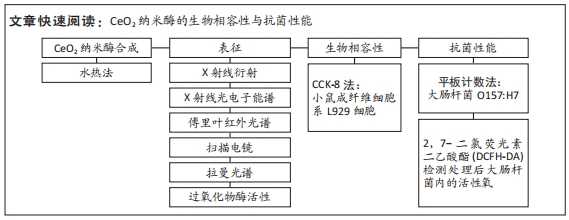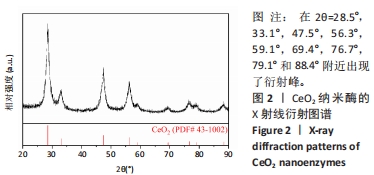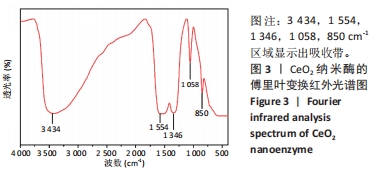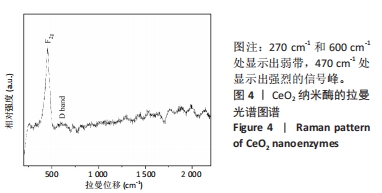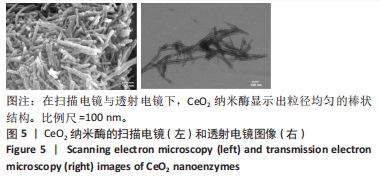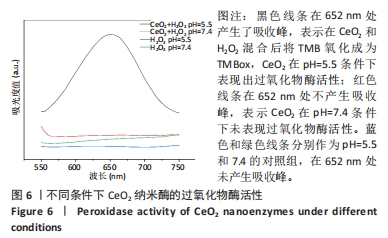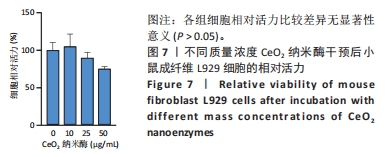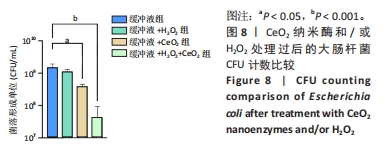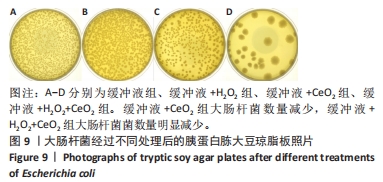[1] HUEMER M, MAIRPADY SHAMBAT S, BRUGGER SD, et al. Antibiotic resistance and persistence-Implications for human health and treatment perspectives. EMBO Rep. 2020;21(12):e51034.
[2] 杨启文,吴安华,胡必杰,等.临床重要耐药菌感染传播防控策略专家共识[J].中国感染控制杂志,2021,20(1):1-14.
[3] KHONG MJ, SNYDER AM, MAGNATERRA AK, et al. Antimicrobial resistance profile of Escherichia coli isolated from poultry litter. Poult Sci. 2022;102(1):102305.
[4] FURLAN JPR, RAMOS MS, ROSA RDS, et al. Occurrence and genetic characteristics of multidrug-resistant Escherichia coli isolates co-harboring antimicrobial resistance genes and metal tolerance genes in aquatic ecosystems. Int J Hyg Environ Health. 2022;244:114003.
[5] 杨小平,郦娟,虞伟明,等.肠出血性大肠埃希氏菌致病机制研究进展[J].食品安全质量检测学报,2023,14(11):140-146.
[6] MONTEIRO R, CHAFSEY I, CACCIA N, et al. Specific Proteomic Identification of Collagen-Binding Proteins in Escherichia coli O157:H7: Characterisation of OmpA as a Potent Vaccine Antigen. Cells. 2023;12(12):1634.
[7] MA W, ZHANG T, LI R, et al. Bienzymatic synergism of vanadium oxide nanodots to efficiently eradicate drug-resistant bacteria during wound healing in vivo. J Colloid Interface Sci. 2020;559:313-323.
[8] YOUGBARE S, MUTALIK C, OKORO G, et al. Emerging Trends in Nanomaterials for Antibacterial Applications. Int J Nanomedicine. 2021;16:5831-5867.
[9] ZHANG Y, MUHAMMAD F, WEI H. Inorganic Enzyme Mimics. Chembiochem. 2021; 22(9):1496-1498.
[10] 范克龙,高利增,魏辉,等.纳米酶[J].化学进展,2023,35(1):1-87.
[11] MA Y, TIAN Z, ZHAI W, et al. Insights on catalytic mechanism of CeO(2) as multiple nanozymes. Nano Res. 2022;15(12):10328-10342.
[12] ALIZADEH N, SALIMI A, SHAM TK, et al. Intrinsic Enzyme-like Activities of Cerium Oxide Nanocomposite and Its Application for Extracellular H2O2 Detection Using an Electrochemical Microfluidic Device. ACS Omega. 2020;5(21):11883-11894.
[13] NYOKA M, CHOONARA YE, KUMAR P, et al. Synthesis of Cerium Oxide Nanoparticles Using Various Methods: Implications for Biomedical Applications. Nanomaterials (Basel). 2020;10(2):242.
[14] ZHU Y, CHEN C, CHENG P, et al. Recent advances in hydrothermal synthesis of facet-controlled CeO(2)-based nanomaterials. Dalton Trans. 2022;51(17): 6506-6518.
[15] MA H, LIU Z, KOSHY P, et al. Density Functional Theory Investigation of the Biocatalytic Mechanisms of pH-Driven Biomimetic Behavior in CeO2. ACS Appl Mater Interfaces. 2022;14(9):11937-11949.
[16] MAI HX, SUN LD, ZHANG YW, et al. Shape-selective synthesis and oxygen storage behavior of ceria nanopolyhedra, nanorods, and nanocubes. J Phys Chem B. 2005;109(51):24380-24385.
[17] POOLMAN JT. Escherichia coli//QUAH SR. International Encyclopedia of Public Health (Second Edition). Oxford:Academic Press. 2017:585-593.
[18] GAMBUSHE SM, ZISHIRI OT, EL ZOWALATY ME. Review of Escherichia coli O157:H7 Prevalence, Pathogenicity, Heavy Metal and Antimicrobial Resistance, African Perspective. Infect Drug Resist. 2022;15:4645-4673.
[19] POKHAREL P, DHAKAL S, DOZOIS CM. The Diversity of Escherichia coli Pathotypes and Vaccination Strategies against This Versatile Bacterial Pathogen. Microorganisms. 2023;11(2):344.
[20] SABOURI S, SEPEHRIZADEH Z, AMIRPOUR-ROSTAMI S, et al. A minireview on the in vitro and in vivo experiments with anti-Escherichia coli O157:H7 phages as potential biocontrol and phage therapy agents. Int J Food Microbiol. 2017;243: 52-57.
[21] RAMSTAD SN, TAXT AM, NASEER U, et al. Effects of antimicrobials on Shiga toxin production in high-virulent Shiga toxin-producing Escherichia coli. Microb Pathog. 2021;152:104636.
[22] PUNO-SARMIENTO J, ANDERSON EM, PARK AJ, et al. Potentiation of Antibiotics by a Novel Antimicrobial Peptide against Shiga Toxin Producing E. coli O157:H7. Sci Rep. 2020;10(1):10029.
[23] 甘露,李耘,桥本重阳,等.大肠埃希菌对碳青霉烯类抗生素的耐药机制研究[J].中国临床药理学杂志,2020,36(18):2896-2900.
[24] CAO W, JIN M, YANG K, et al. Fenton/Fenton-like metal-based nanomaterials combine with oxidase for synergistic tumor therapy. J Nanobiotechnology. 2021; 19(1):325.
[25] 李锋,李雪,柏娜,等.氧化铈纳米颗粒促成骨分化及其对相关致病菌抗菌作用的研究进展 [J]. 吉林大学学报(医学版),2022,48(5):1348-1353.
[26] WEI X, LI X, FENG Y, et al. Morphology-and pH-dependent peroxidase mimetic activity of nanoceria. RSC Adv. 2018;8(21):11764-11770.
[27] SADIDI H, HOOSHMAND S, AHMADABADI A, et al. Cerium Oxide Nanoparticles (Nanoceria): Hopes in Soft Tissue Engineering. Molecules. 2020;25(19):4559.
[28] ZHANG M, ZHANG C, ZHAI X, et al. Antibacterial mechanism and activity of cerium oxide nanoparticles. Sci Chin Mater. 2019;62(11):1727-1739.
[29] MATUSSIN SN, HARUNSANI MH, KHAN MM. CeO2 and CeO2-based nanomaterials for photocatalytic, antioxidant and antimicrobial activities. J Rare Earths. 2023; 41(2):167-181.
[30] NADEEM M, KHAN R, AFRIDI K, et al. Green Synthesis of Cerium Oxide Nanoparticles (CeO(2) NPs) and Their Antimicrobial Applications: A Review. Int J Nanomedicine. 2020;15:5951-5961.
[31] JIA C, GUO Y, WU FG. Chemodynamic Therapy via Fenton and Fenton-Like Nanomaterials: Strategies and Recent Advances. Small. 2022;18(6):e2103868.
[32] LUO Q, LI Y, HUO X, et al. Stabilizing Ultrasmall Ceria-Cluster Nanozyme for Antibacterial and Antibiofouling Applications. Small. 2022;18(16):e2107401.
[33] 姚叔辰,朱雪琦,韩汀兰,等.银掺杂二氧化铈的制备及其抗菌性能探究[J].稀土信息,2021(10):24-29.
|
